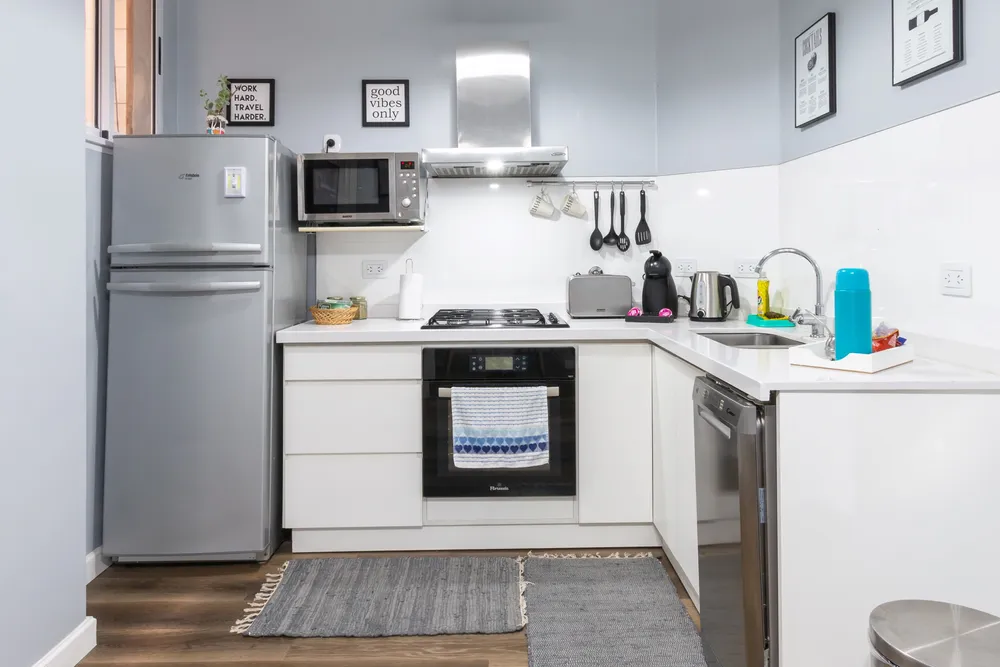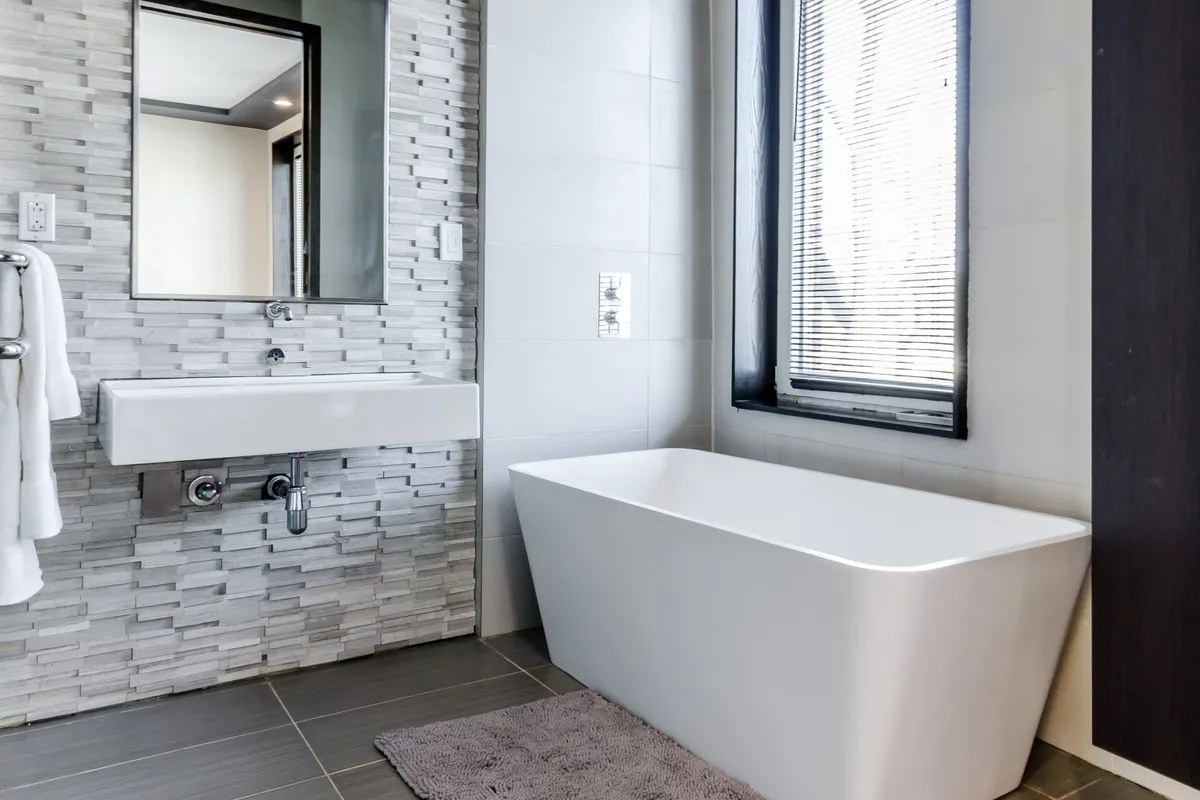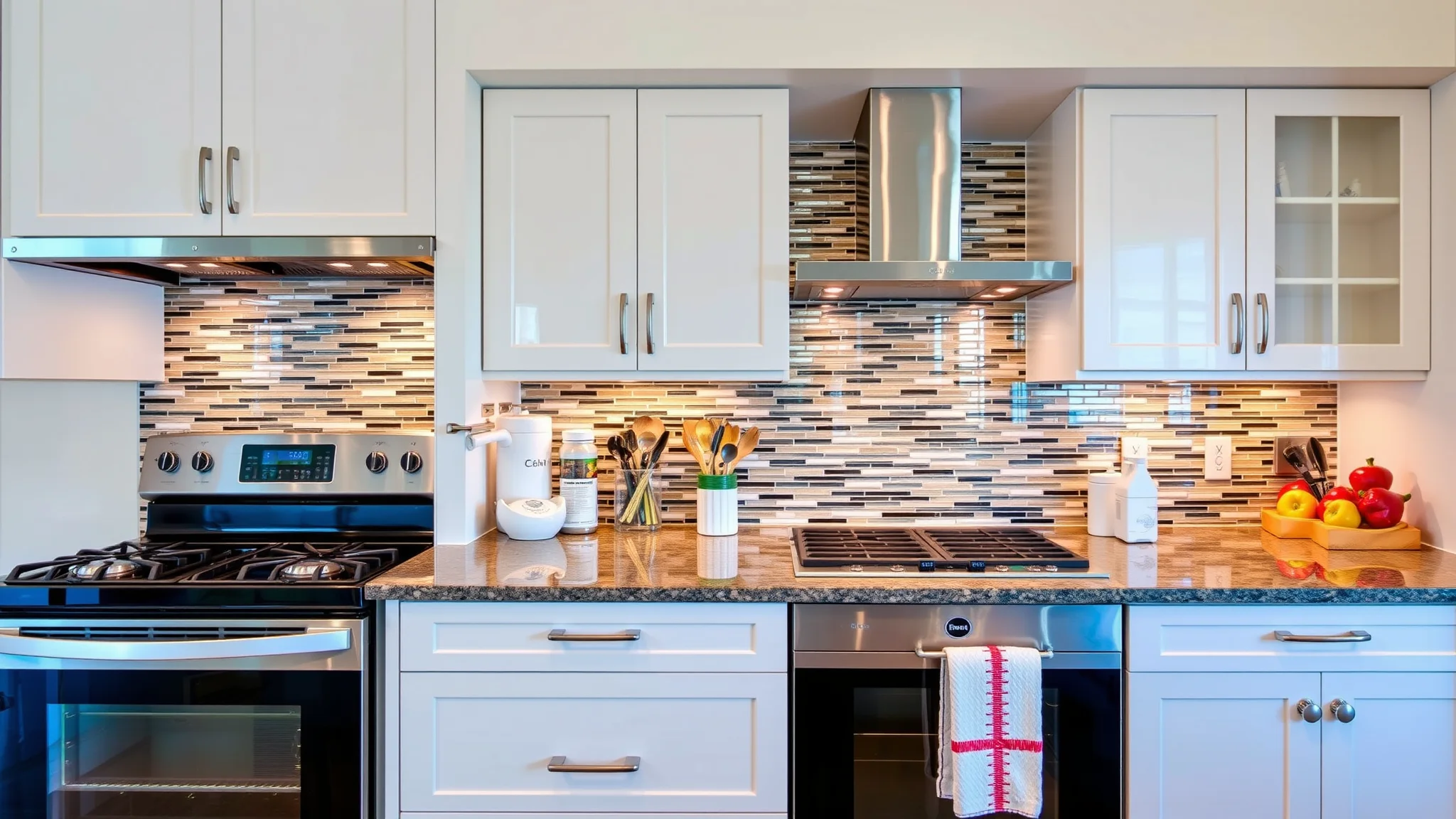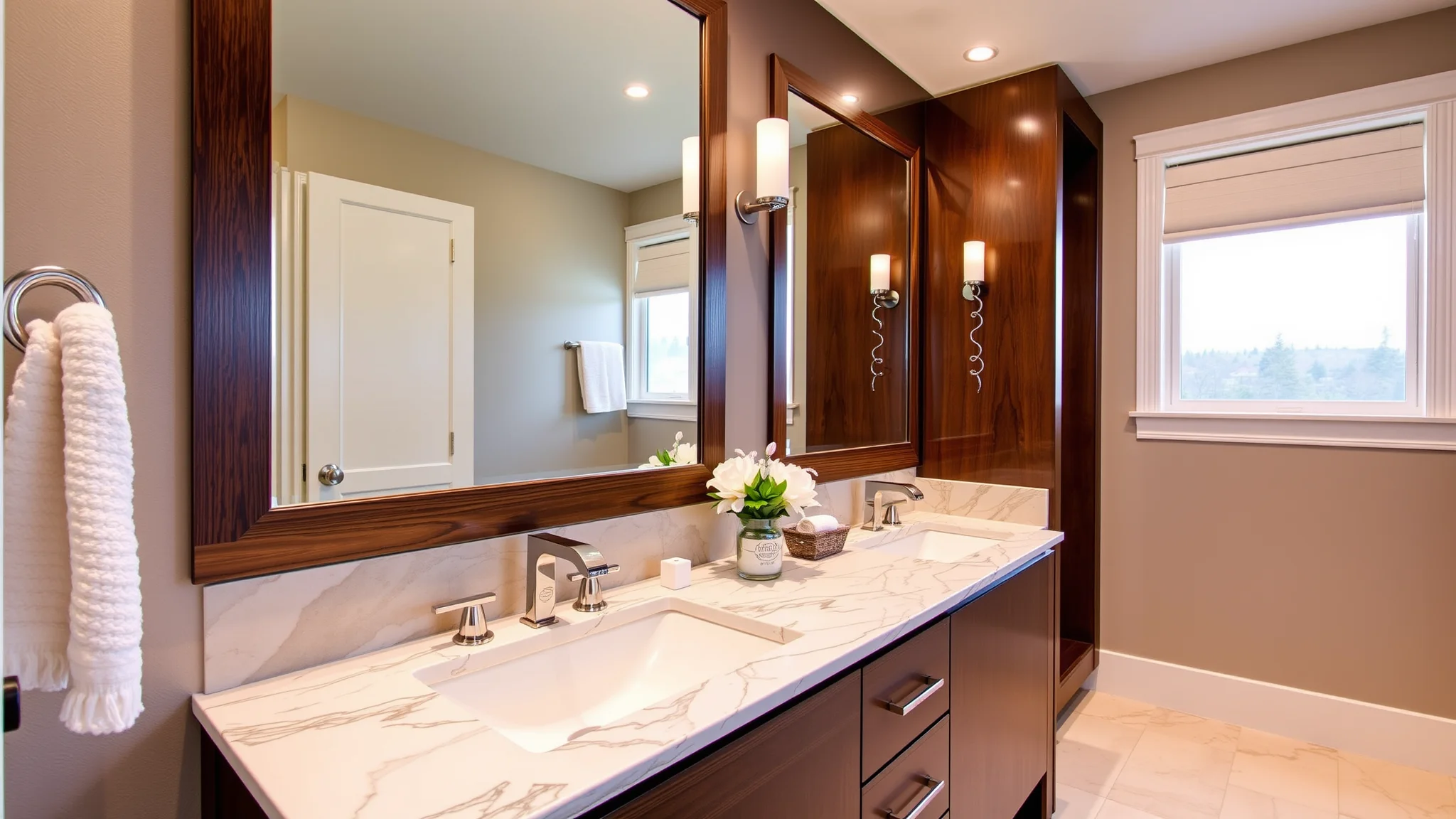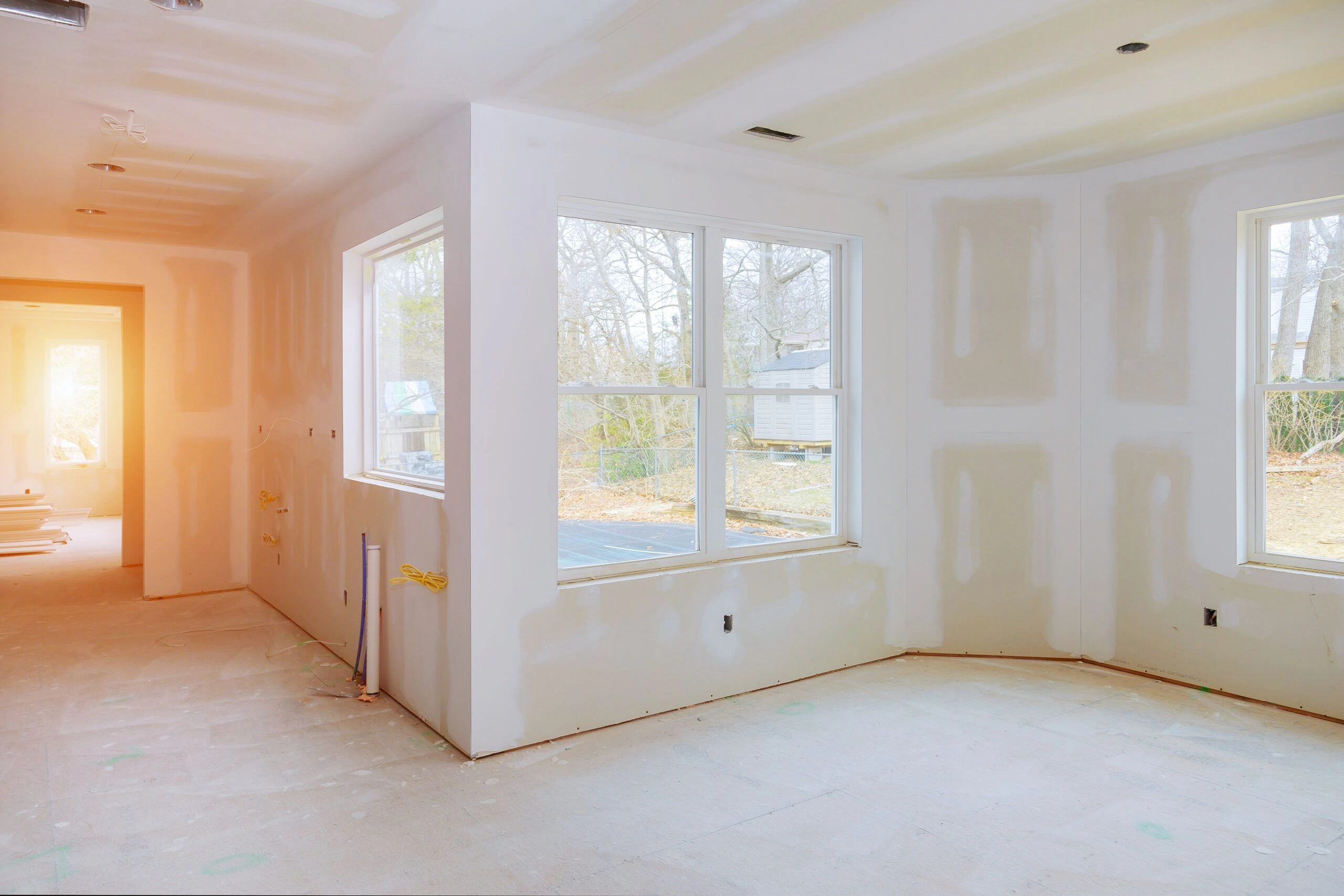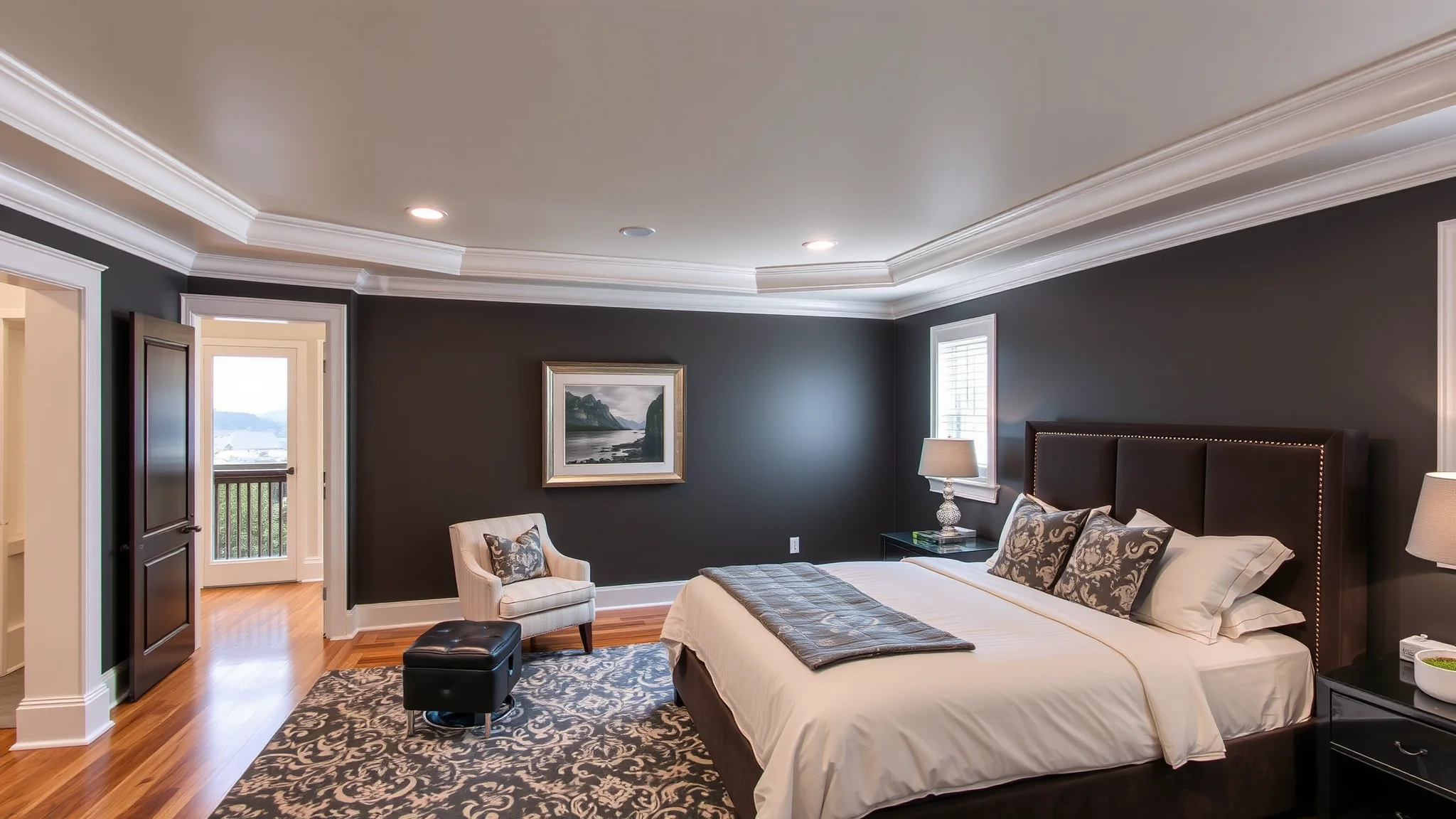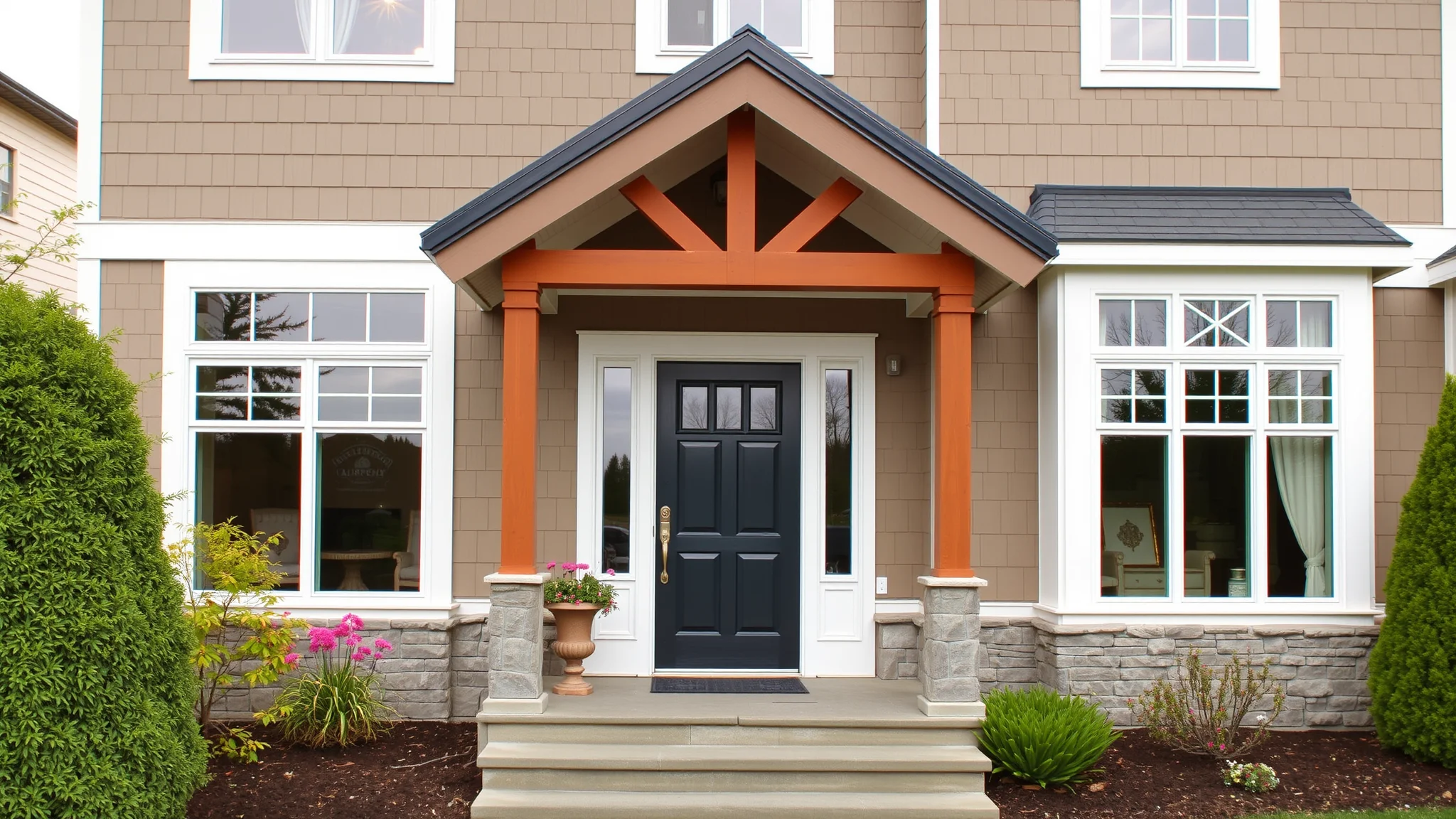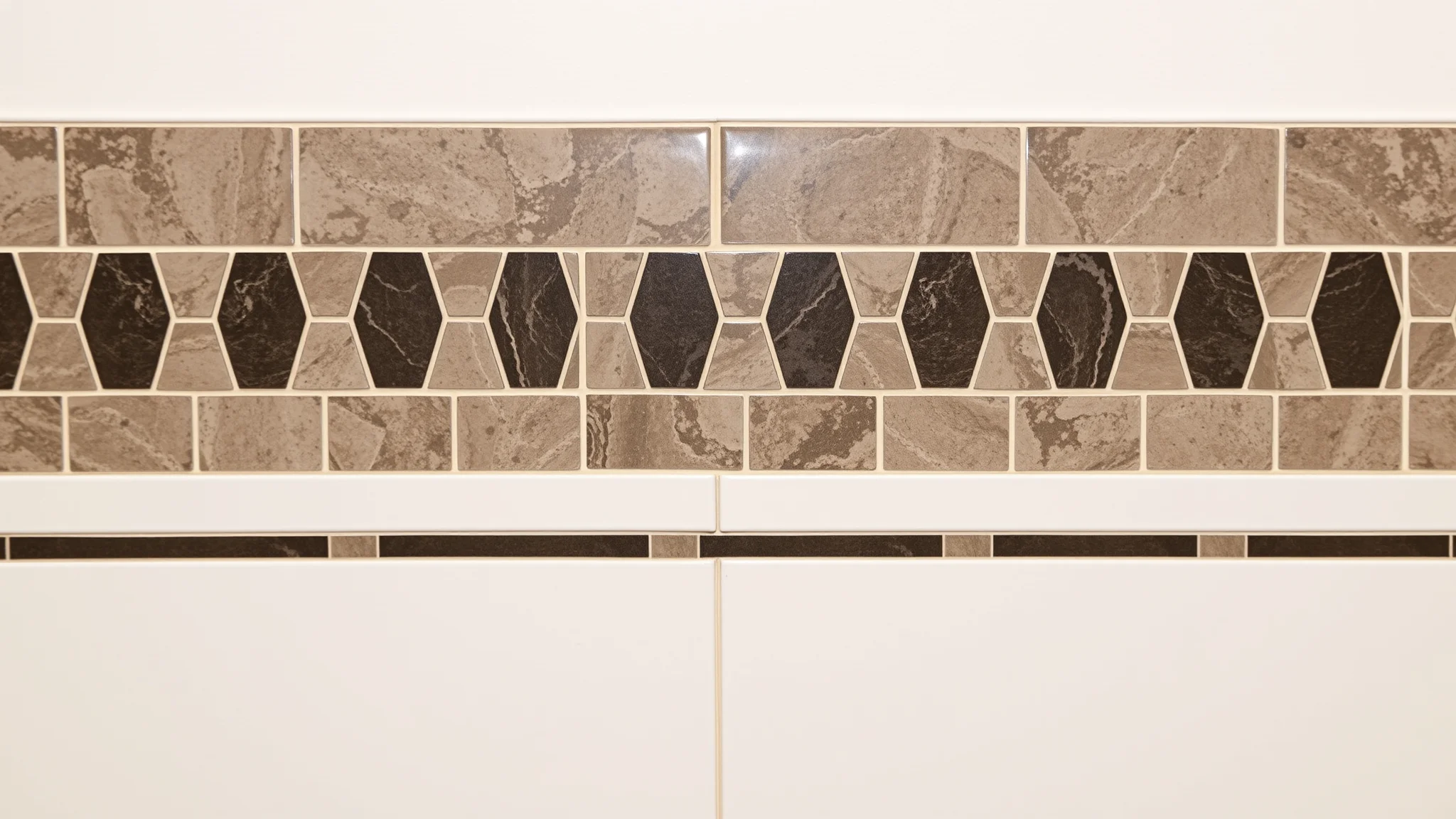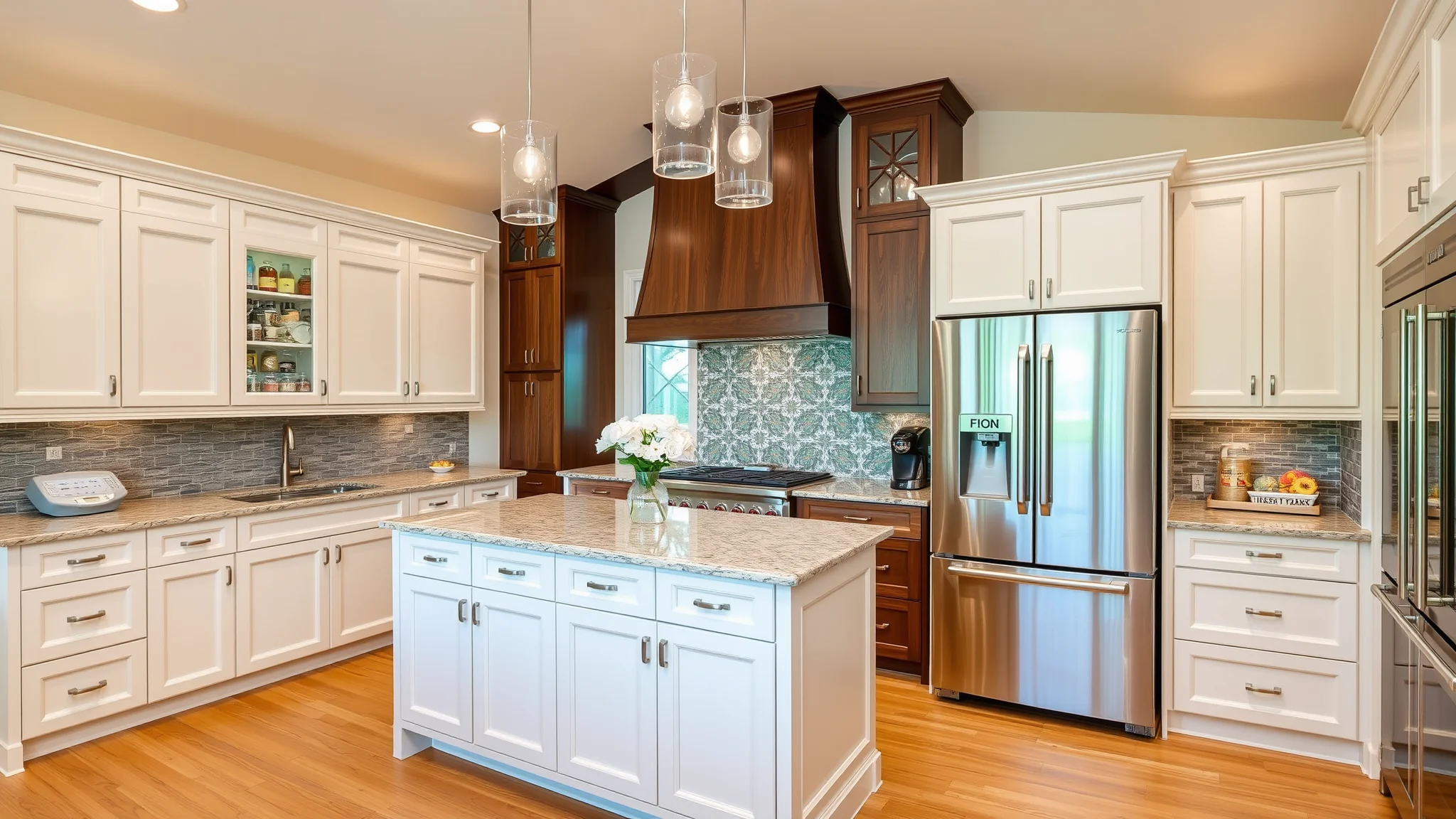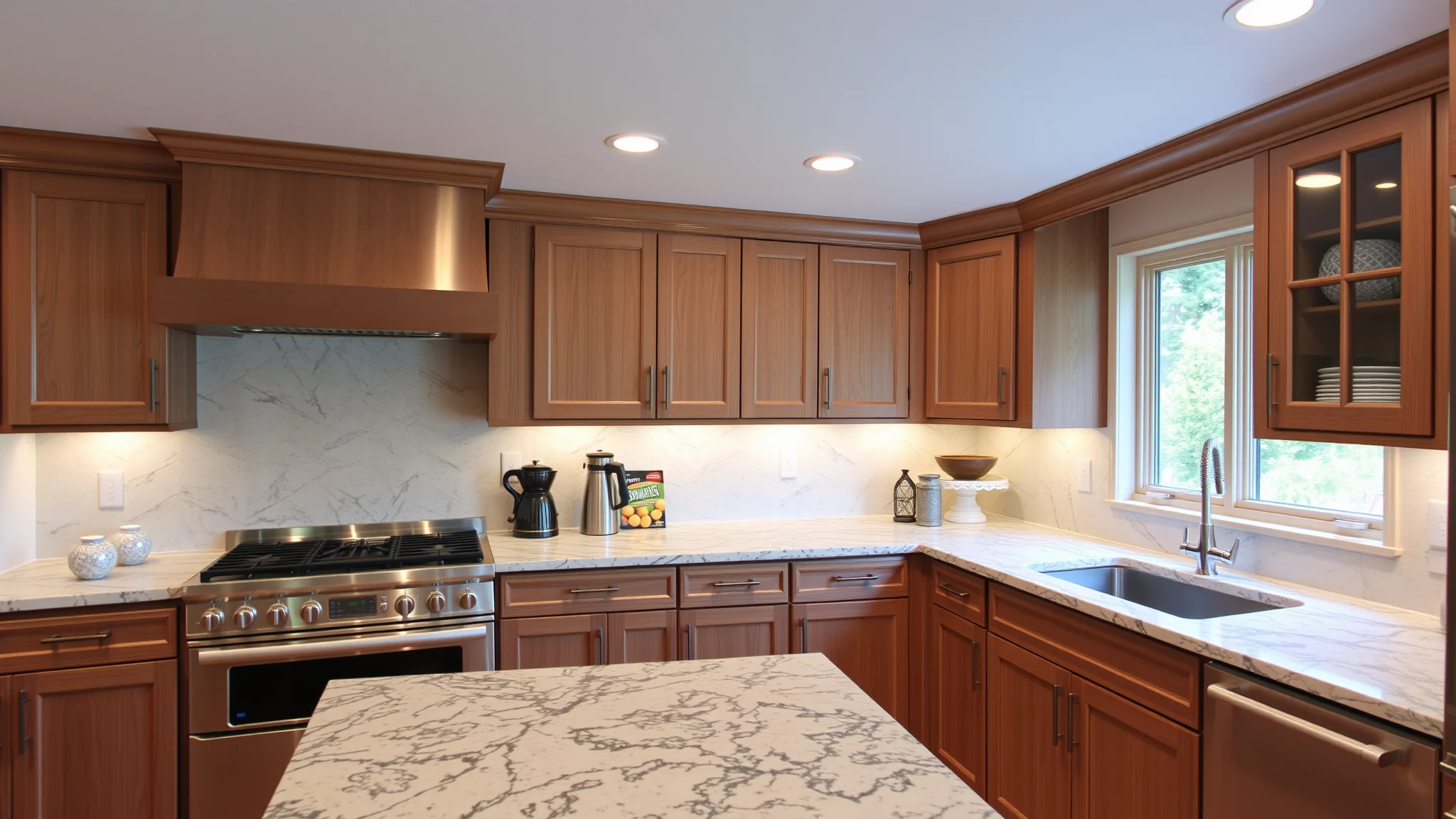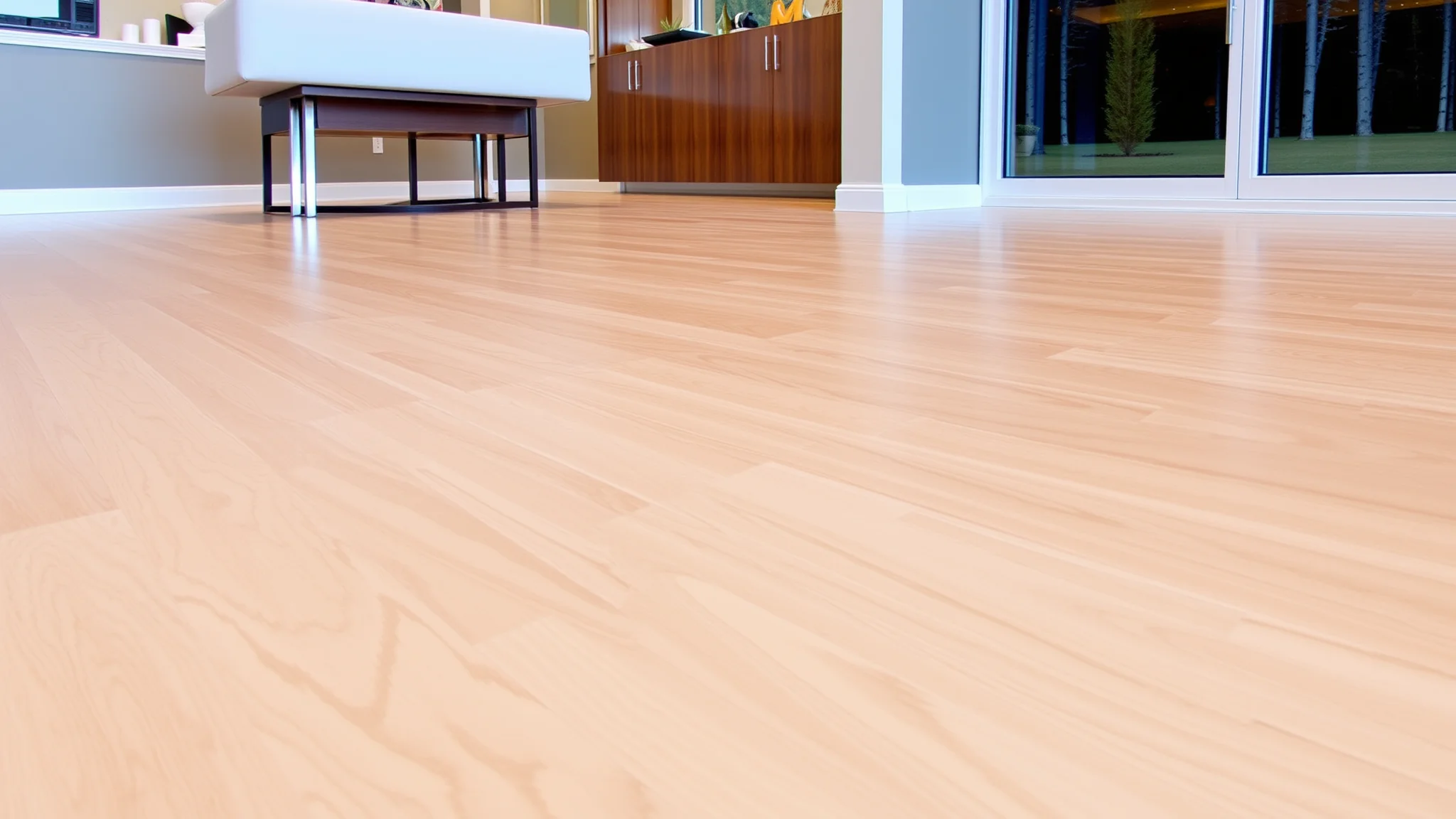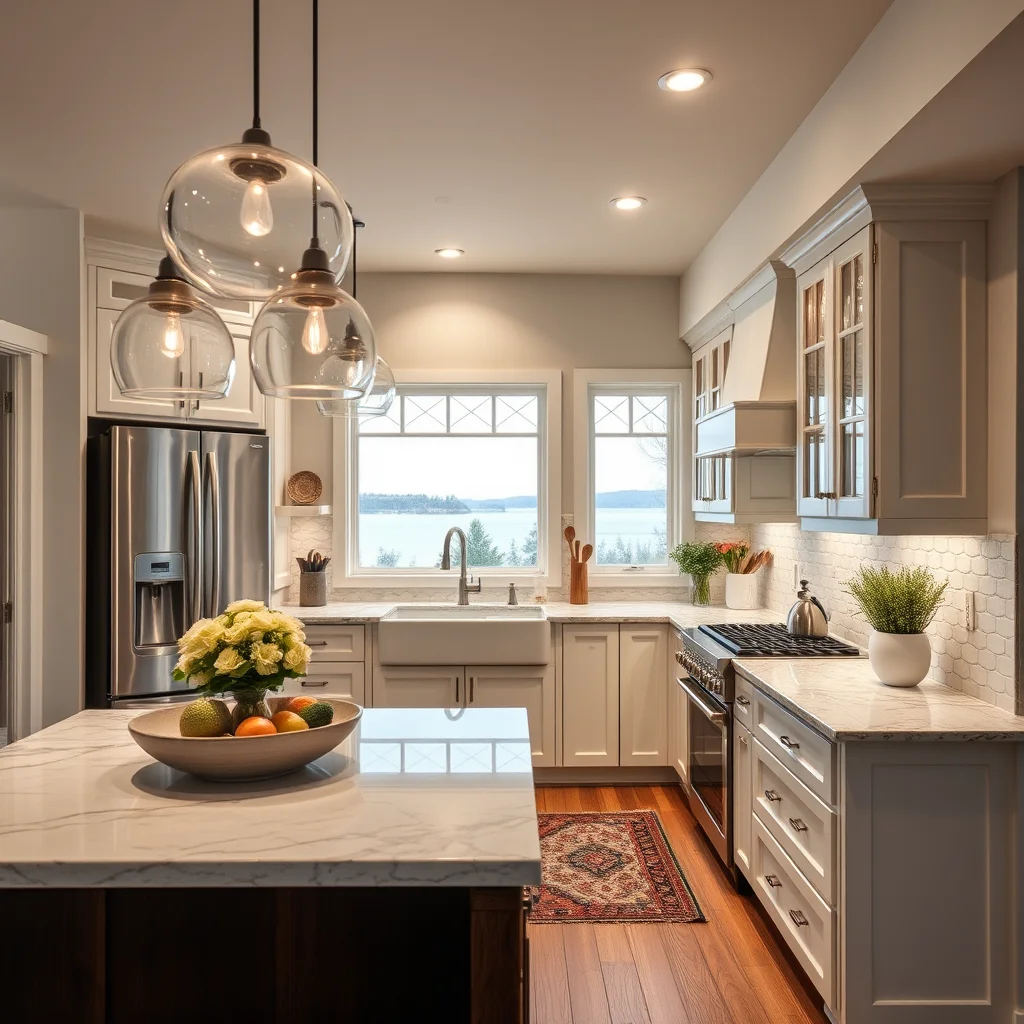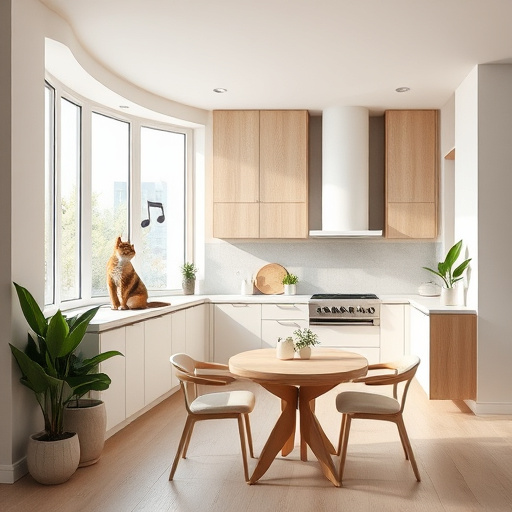
How to Reduce Noise in Open Plan Kitchens Effectively
Why is Noise a Common Issue in Open Plan Kitchens?
Open plan kitchens have become the heart of modern homes, offering a spacious, sociable environment that seamlessly connects cooking, dining, and living areas. However, this open design often introduces a new challenge—excessive noise. From clattering dishes to conversation and appliance sounds, noise can quickly turn your beautiful open space into a cacophony that disrupts peace and relaxation.
Understanding why noise in open plan kitchens is so pervasive is the first step toward tackling this issue effectively. Unlike traditional enclosed kitchens, open layouts lack walls and barriers that naturally dampen sound. This means that every splash, conversation, and appliance hum can easily spill over into adjacent rooms, impacting your overall home tranquility.
As a leading home remodeler, Rising Hawk Construction LLC specializes in creating harmonious living spaces where functionality and serenity coexist. Let’s explore how to reduce noise in open plan kitchens with simple, actionable solutions.
What Are the Most Effective Strategies to Minimize Noise in Open Concept Living Spaces?
Soundproofing isn’t just for recording studios or industrial spaces—it’s a practical approach to curbing excess noise in your home. In open plan kitchens, installing sound-absorbing materials and barriers can significantly reduce the transmission of sound waves, creating a calmer environment.
Start with acoustic panels or tiles on the ceiling and walls. These materials absorb sound and prevent echoes, making the space feel quieter and more peaceful. Consider adding upholstered furniture or fabric wall hangings that act as natural sound dampeners.
Yes! Strategic layout improvements, such as positioning noisy appliances away from seating areas and using partial partitions or cabinetry to break sound paths, can make a noticeable difference. Incorporating a kitchen island with a muffling surface can also reduce noise levels, especially during busy cooking sessions.
Additionally, choosing cabinetry with sound-insulating qualities and utilizing soft-close hardware minimizes both noise from doors and drawers. These design choices not only enhance function but also contribute to a more serene ambiance.
Material selection is crucial when aiming to learn how to reduce noise in open plan kitchens. For instance, flooring options like hardwood flooring can influence acoustic performance. Incorporating rugs or carpets strategically helps absorb footstep sounds and kitchen noises.
Countertops and cabinetry made from dense materials can also dampen sound. Pairing these with soft furnishings creates a layered approach—minimizing noise transmission at multiple points.
How Can Sound-Absorbing Adding Soft Surfaces Help Create a Quieter Kitchen Environment?
Soft surfaces act as natural sound absorbers, making them invaluable in open concept spaces. Consider incorporating plush rugs, fabric curtains, and upholstered chairs to absorb sound waves effectively. Window treatments such as heavy drapes or acoustic curtains will additionally block external noise and reduce echo inside the room.
Adding decorative elements like tissue box covers, fabric wall art, or even decorative pillows can enhance the aesthetic while functioning as sound dampeners. These subtle upgrades contribute to a more peaceful and less chaotic space.
Are There Specific Appliances That Contribute Less to Noise Levels?
When considering how to reduce noise in open plan kitchens, choosing quieter appliances makes a tangible difference. Look for models with noise-reduction features such as sound insulation or specific decibel ratings. Dishwashers, ovens, and range hoods with quiet operation capabilities are worth the investment.
Consider consulting with professionals to select appliances that balance performance and noise levels, ensuring your open space remains tranquil during meal prep or cleanup. For breathtaking transformations, explore multi-generational kitchen remodels that harmonize functionality with acoustic comfort.
What Are Some DIY Tips to Reduce Noise in Your Open Plan Kitchen?
Absolutely! Rearranging your furniture and appliances can reduce noise transmission. Position noisy items like the dishwasher or refrigerator away from the main seating area. Use decorative screens or open shelving units to create a semi-partition, helping to contain sound within specific zones.
Yes! Sealing gaps around doors, windows, and cabinetry prevents sound leaks, ensuring noise stays confined. Use weatherstripping and acoustic caulk to seal these openings, improving overall soundproofing without massive renovation efforts.
Maintaining appliances, hinges, and seals ensures they operate quietly. Loose or malfunctioning hardware can increase noise levels—regular checks and repairs can keep your open plan kitchen peaceful and efficient.
How Can Home Remodeling Help Achieve a Quieter Open Plan Kitchen Long-term?
Professional remodeling works wonders to optimize acoustic comfort. Key upgrades include installing insulated walls, upgraded flooring, and high-quality soundproof doors. These elements contribute to significantly reducing noise transmission, creating a sanctuary within your home.
Working with experienced remodelers like Rising Hawk Construction LLC ensures that your renovation incorporates both aesthetic appeal and acoustic comfort. You can learn more about how custom kitchen remodels can balance design and noise reduction approaches in our full bathroom renovation and kitchen upgrade guides.
What Are the Benefits of Investing in Noise Reduction for My Open Plan Kitchen?
- Enhanced tranquility and peace, making your home more relaxing
- Reduced stress and improved focus during cooking and conversation
- Increased privacy within communal living spaces
- Higher home value due to improved comfort and design features
- Better quality of life, especially for multi-generational households
Can Proper Lighting and Decoration Help Disguise Noise?
Yes! Bright, well-designed lighting combined with aesthetic decor can distract from minor noises and create the illusion of a quieter environment. Strategically placed lighting fixtures and soft decor elements help mold a welcoming, serene space.
What Are The Main Takeaways for How to Reduce Noise in Open Plan Kitchens?
In summary, reducing noise in open kitchens involves a strategic combination of design, materials, appliances, and decor. Focus on acoustic treatments, layout adjustments, and choosing quiet appliances to create a harmonious space that feels both lively and peaceful. Partnering with seasoned professionals ensures these improvements are seamlessly integrated into your home.
For further inspiration on balancing functionality and style, see how we transformed a multi-generational kitchen here.
Frequently Asked Questions (FAQ)
Start with affordable options like adding thick rugs, fabric curtains, and sealing gaps around doors and windows. These small steps can significantly reduce noise transmission without a major overhaul.
Select dense, sound-absorbing materials such as high-quality cabinetry, soft flooring options like carpets or rugs, and acoustic panels. Combining these with strategic layout choices maximizes noise reduction.
Absolutely. A home remodeling expert can assess your specific space, recommend tailored solutions, and execute these modifications efficiently, ensuring you enjoy a peaceful living environment.
The timeline varies depending on the extent of modifications, from minor sealing and decor adjustments to comprehensive soundproofing renovations. Consulting with professionals can provide a clear schedule tailored to your project scope.
Definitely! Modern soundproofing materials and design solutions are available in sleek, attractive options. You don’t have to compromise style for function—soundproofing can enhance your space’s overall look and feel.


